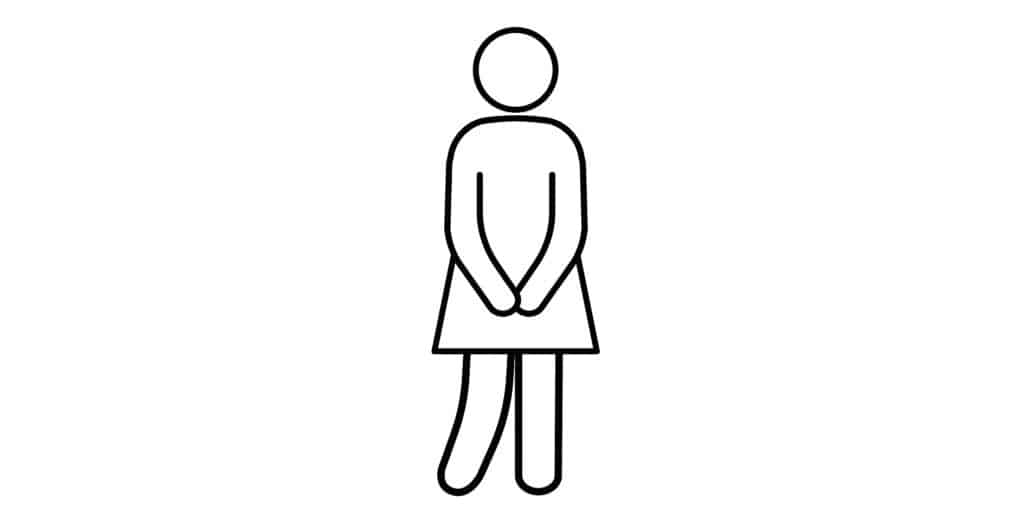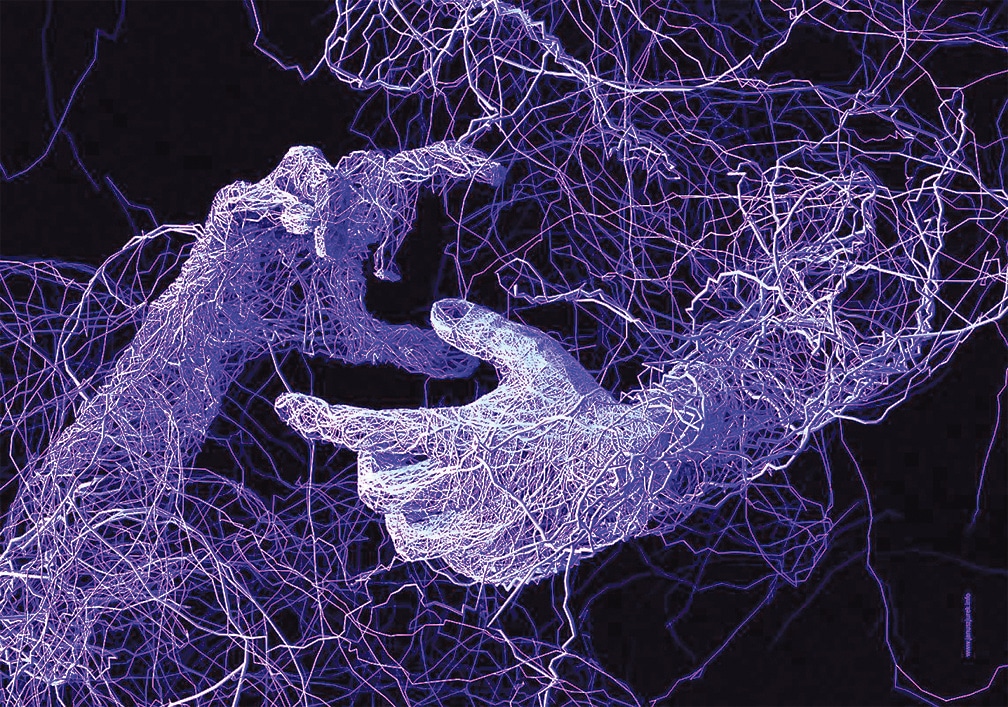
Amanda Roe: Acupuncture and Clinical Hypnotherapist.
Call 087 6331898
Email: amanda@roehealth.ie
As we get older our bladder may not be as reliable as it used to be, and some women can find that pressure from coughing, laughing, sneezing, running or lifting, can cause the bladder to leak.
Having a bladder issue is understandably embarrassing. If we feel uncomfortable talking about it we can find ourselves suffering in silence. Unfortunately when this issue affects our ability to work, socialise and our independence, there is also a negative affect on our mental health.

Being aware of the signs and symptoms of a weak bladder can help us to identify a potential problem and take positive steps with early interventions to stay in control of our health.
Leaking urine is known as incontinence, and there are three different types that women should be aware of.
1. Stress incontinence occurs when stress ie. pressure from exercise, coughing, laughing or sex, causes a small amount of urine to leak out. This happens because the muscles in the pelvic area that control the bladder are weak.
This is a common symptom for women that often occurs after childbirth, as the pelvic floor muscles are weakened during delivery. At the first signs of stress incontinence women may choose to use a small pad to manage this symptom. If this is your body’s first sign of weakness, it is a great opportunity to be proactive to reverse it.
2. With an overactive bladder woman can experience a sudden, uncontrollable urge to urinate, which leads to multiple visits to the bathroom during the day and night. Most people pee seven to eight times a day; peeing more than this can affect your daily activities and your ability to get a restorative night’s sleep, which can significantly affect your overall health. If you pee more than 10 times in a 24 hour period, it is time to seek help.
3. Urgency incontinence is when you are experiencing a frequent or constant dribbling of urine because some of your muscles are overactive and your bladder is not emptying completely.
The key to maintaining healthy bladder function is to be proactive with seeking a solution. As women we should learn how to relax and build strength in our pelvic floor area long before there is ever a sign of an issue.
There are traditional taoist exercises that have been used for thousands of years to treat pelvic floor issues – these are an effective treatment for bladder problems, also improving libido and sexual pleasure, keeping women motivated to have a strong pelvic floor.
Combining these exercises with pelvic floor acupuncture is an affective treatment modality that can build strength, improve circulation, release tension and help switch the muscles in the pelvic floor back on. This improves bladder sphincter function, bladder control and reduces trips to the bathroom meaning you can recover your independence and feel better about your health.
Amanda Roe is a clinical hypnotherapist and acupuncturist who uses a range of holistic therapies including dietary guidance to improve fertility, emotional and mental health. Supporting natural recovery from trauma, eating disorders and other mind/body concerns for more information or to book a consultation visit www.roehealth.ie or call/text Amanda on: 087 6331898


